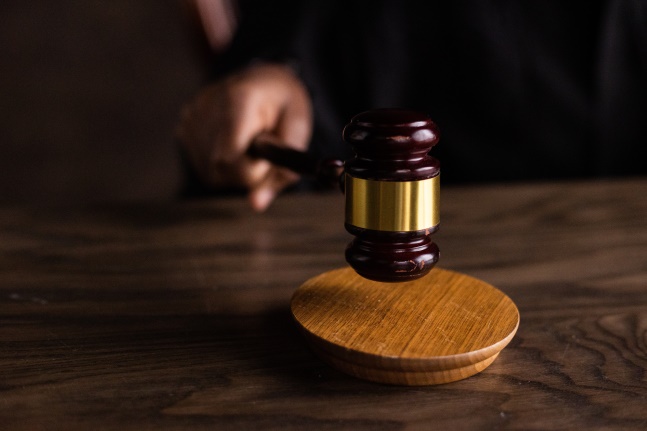Double patenting: confirmation of a prohibited practice
EPO, Enlarged Board of Appeal, 22 June 2021, Decision No. G4/19 [1]
The Enlarged Board of Appeal of the European Patent Office (EPO) issued decision G4/19 on 22 June 2021 in which it confirmed the prohibition of double patent protection. Decisions based on divisional applications had already been issued in 2007 on this principle [2].
This time, in G4/19, the applicant (Nestlé) claimed an internal priority on the occasion of a second patent application, a first application having already been made for a European patent.
In this case, the EPO had initially refused Nestlé’s patent application on the grounds that such a patent had already been granted for the same invention. According to the Examining Division, the application was for claims that were “100% identical”[3] to the patent that served as its priority.
The applicant therefore appealed and the Enlarged Board of Appeal held that the prohibition of double patenting is a principle of procedural law within the meaning of Article 125 EPC and is generally recognised in the contracting states.
The Enlarged Board further held that the prohibition of double patenting is not limited to applications relating to the same subject matter and filed on the same date. It also extends to parent and divisional applications (Article 76(1) EPC), as well as to applications claiming the same priority (Article 88 EPC).
The Enlarged Board had also been asked about the applicant’s legitimate interest in obtaining double patent protection. But the EPO does not justify the present prohibition of double patenting by any lack of legitimate interest, thus leaving the question open.

By Raphael Dulion and the IP/IT team of UGGC Avocats.
Source:
https://www.epo.org/law-practice/case-law-appeals/communications/2021/20210622_fr.html
https://europeanpatentcaselaw.blogspot.com/2021/06/g419-confirmation-de-linterdiction-de.html
[1] EPO, Enlarged Board of Appeal, 22 June 2021, decision n°G4/19
[2] G1/05 and G1/06
[3] Decision of the Examination Division